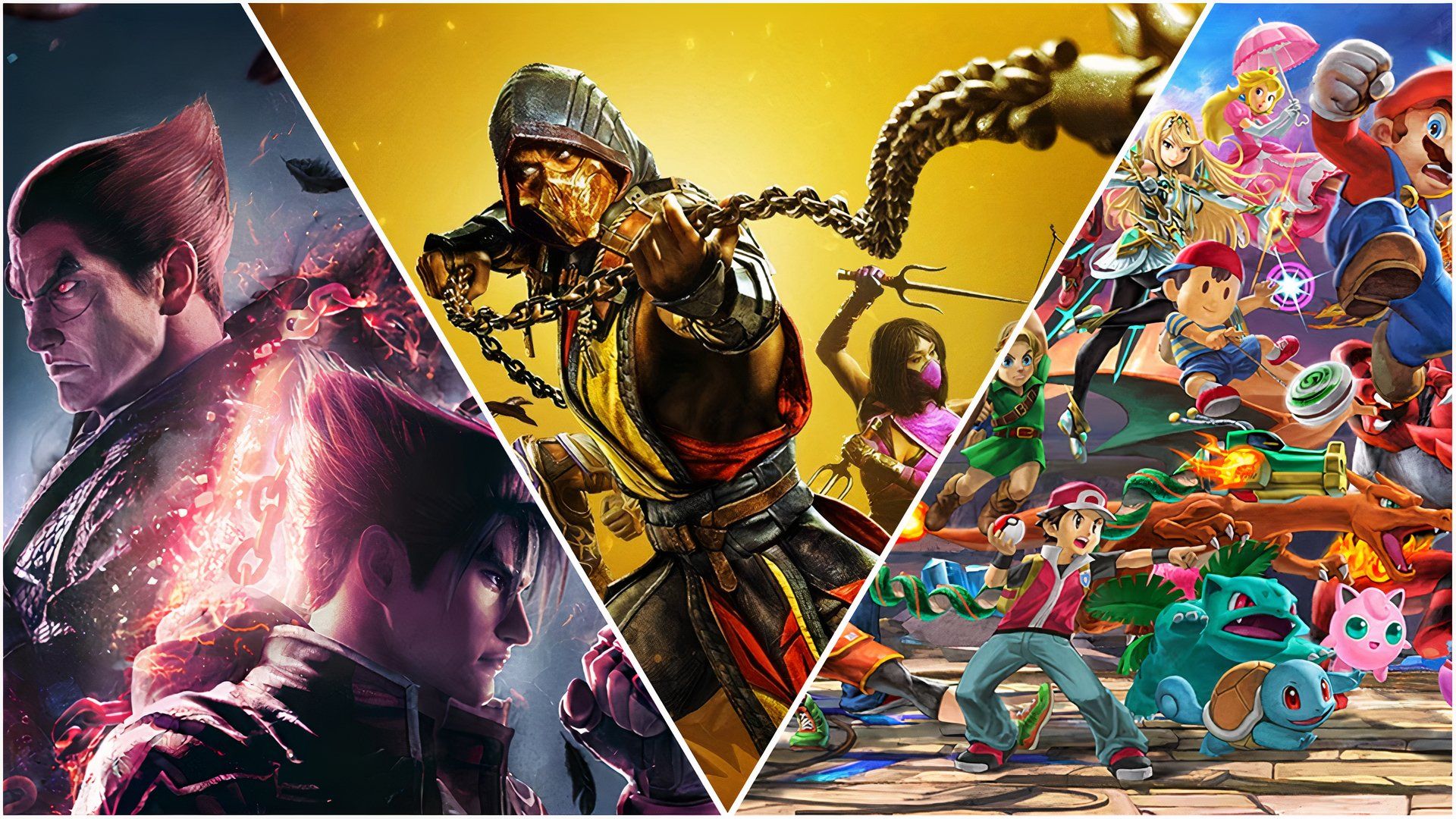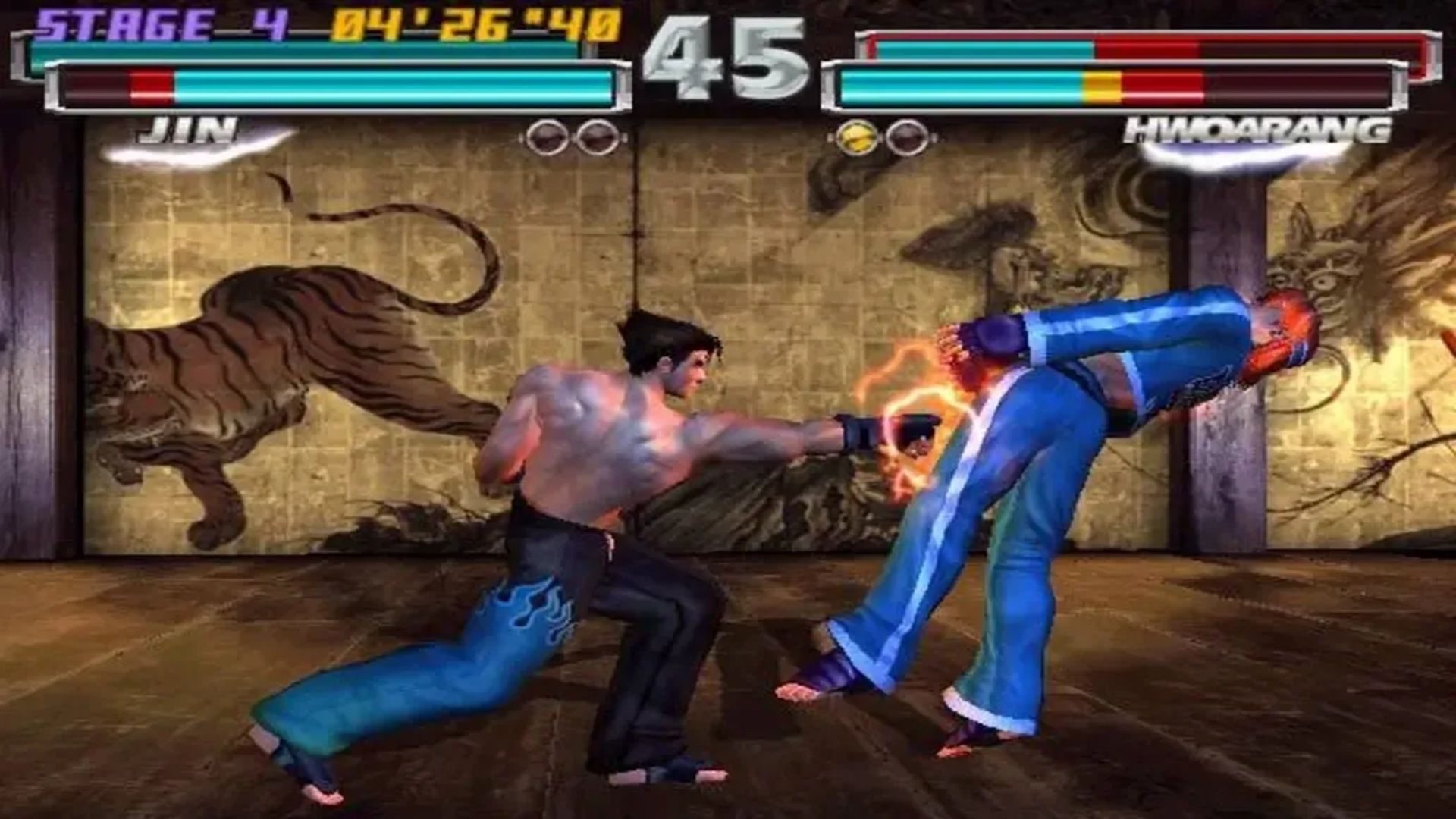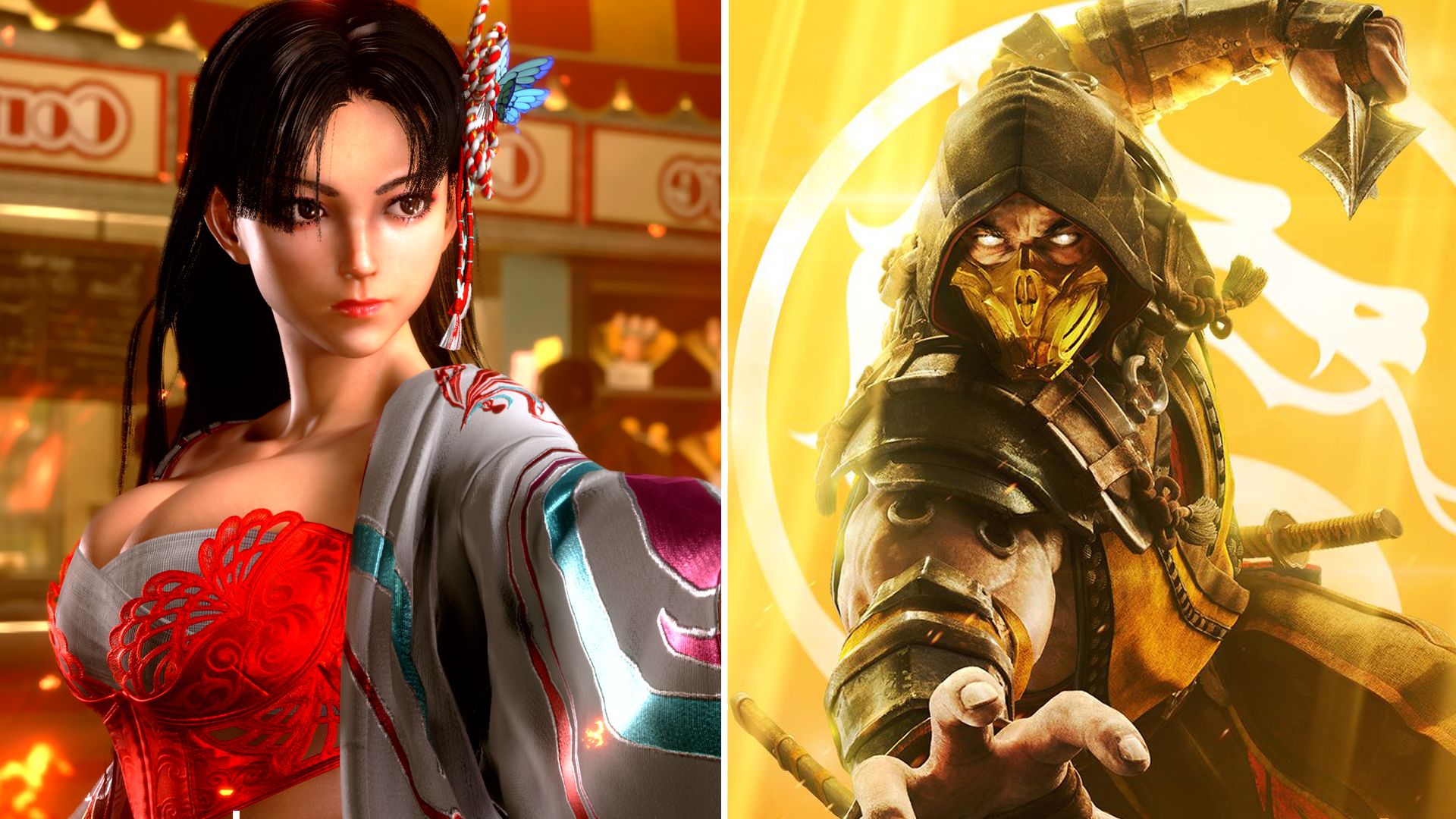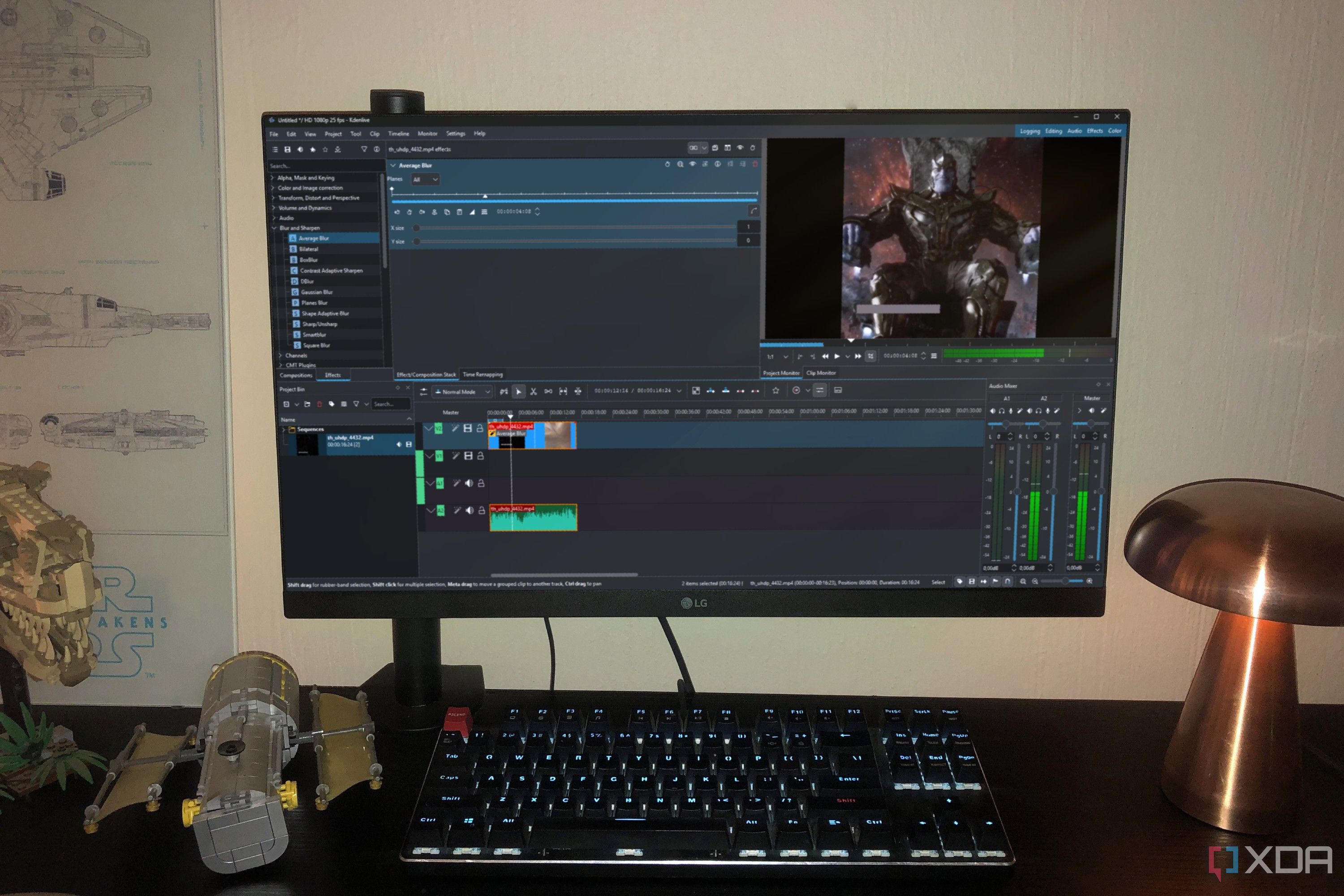Fighting games can be incredibly fun to play with other people. They are not only exciting and easy to get into with others, but can also become very competitive among players. But for those who want to stay competitive with some of the most hardcore fans of the genre, it can take a lot of time and practice to maintain the skill to do so. This is why I find myself playing many different fighting games to keep my skills sharp, especially classic fighting games that focus on the fundamentals of the fighting game genre. Even with so many great new titles being developed and released across multiple platforms, you can't go wrong by revisiting some of the iconic classics that helped lay the groundwork for the genre and the competitive scene as a whole.
Most of the big strategies and concepts for staying competitive in a fighting game come from beloved titles that players have been engaged with for years. Vying for control of space and capitalizing on shifting momentum are key to winning matches in almost any fighting game one can think of. The presentation and rosters for most series may have changed, but the core bread & butter basics have remained relevant throughout the years. To reinforce this and practice my own skills in some of my favorite fighting games, I often go back to the major titles I grew up with to stay competitive among my peers. Here is how I got better at fighting games by playing these three classic titles, and why you should too.

Related
The 5 most influential fighting games of all-time
The fighting game genre has grown over the years, and it's these 5 influential and iconic fighting games to thank for it.
3 Super Street Fighter 2 Turbo
Learning to control space
Nearly every fighting game ever created can trace its roots back to the original release of Street Fighter 2. This includes games that are rendered in 3D, not just 2D games, because of one major fundamental concept that they share: controlling space. This is the idea that every attack and action you take with a character takes up space on the screen, mostly on a 2D plane, with series like Street Fighter. Although there have been many re-releases of the arcade classic, Super Street Fighter 2 Turbo is the apex version that most people play competitively, and it's the game that best embodies this concept. Every character on the roster has multiple special attacks that take up a range of space on screen, making it difficult for an opponent to move and attack back at you. And by learning how to dominate space and become an obstacle to another player, one can win a lot of rounds within a game like Super Street Fighter 2 Turbo, let alone any other fighting game that has come after.
While there are definitely other parts of Street Fighter 2 that also play a major factor within fighting games, understanding space is chief among them. The reach of attacks, the downtime after an attack happens, as well as how long it takes to respond to an attack, all play into space management. Super Street Fighter 2 Turbo is also a prime example of how characters can move across a screen and open up opportunities within a match. Without a good understanding of how that plays out on screen, you can't really dominate in versus matches with a series like Street Fighter.
Sometimes, the most boring-looking attacks can actually be fundamental tools for keeping the pressure on opponents, especially when match-ups between different characters are constantly shifting. Reaction times between players are a factor in this, which comes to players naturally over time as they play more, but being able to adapt to the dynamic movement of characters on screen and find ways to control the space given is a foundational skill I find that all players need to grow.
2 Tekken Tag Tournament
Thinking in three dimensions

Source: Namco
One could argue that any Tekken would be a good fit for something like this, including iconic releases like Tekken 3, but I've frequently gone back to playing a game like Tekken Tag Tournament on the PlayStation 2 whenever I want to get better at playing 3D fighters. Tekken is the series that made this part of the genre mainstream, where more people became excited about playing 3D fighting games. But competitively, a game like Tekken Tag Tournament forces one to apply the same concepts from a 2D game into 3D space. It's no longer fighting to control space on the X and Y axis of a screen, but now into depth with the Z axis for every attack and movement. This is very different from something like Street Fighter because there's an extra layer of how characters can move. This can make a big difference in competitive games, where every inch and reaction can shift momentum from one player to the other, leading to a surprising finish. Every 3D fighting game follows similar principles, even if there are gimmicks and other additions like weapons to the combat.
What makes Tekken Tag Tournament the best game to help get better with this for me is because of how it combines every element of the prior Tekken games into one spot. Up until the series changed with the release of Tekken 4, Tekken Tag Tournament was the equivalent of what Super Street Fighter 2 was to the original Street Fighter 2, where everything design-wise from before was perfected as much as possible in one release. This means applying strategies from previous titles could still be relevant, but it still requires a basic understanding of 3D fighting from before to pose a major threat to opponents. And the same approach can be translated over to playing more recent fighting games that take place in a 3D plane.
Perfecting execution and reactions
There are very few games that will ever match up to the chaotic nature of the Marvel vs Capcom series. But Marvel vs Capcom 2: New Age of Heroes is a game that requires players to have perfect execution and reaction throughout all the chaos that plays out on the screen. The gap between those who have spent time honing that skill and those who haven't is immediately apparent when watching any match. When I want to get better at executing combos and quickly reacting to something changing during a match, I find Marvel vs Capcom 2 to be the best way to do so. Even for those who don't like Capcom's various Versus Series titles, games like Marvel vs Capcom 2 are undeniably great options for this. Most fighting games at a competitive level require fast reactions and execution, but not all of them are frantic, as Marvel vs. Capcom can be.
In Marvel vs Capcom 2, combo strings are done by pressing attack buttons in a way that almost feels like dialing a phone number, hence why they've garnered the name "dial a combo" over the years. This requires precise execution of button presses to get the right action and a series of attacks to land when necessary. But it's not enough to do this frequently. One has to do so while much is happening mid-match, almost to the point where the window of opportunity to do so is nearly non-existent. And without being fast enough to counter-attack when an opponent messes up, you can find yourself on the receiving end of combos that can wipe out your whole team.
Situations like this force you to be quick on your feet when reacting, keeping up with a pace where matches can shift all too easily in favor of one person or the other, and then shift again so suddenly. I find that getting the hang of this often can help greatly when playing other fighting games at a much slower pace. It allows me to react quickly to situations, but not freeze up when things get chaotic in some games.
Practice makes the way to more wins
It can take time to get better at fighting games, especially ones that are brand new or have a high level of depth to them. And with so many fundamental aspects to playing them becoming key to winning at a competitive level, going back to classic fighting games can help me focus on them. Often, I end up learning something new or getting a better understanding of certain play styles and strategies through the fighting games I grew up with. Like anything else, the more you engage with something, the better you'll get at it with time.

Related
3 things we need for fighting games to thrive on the Nintendo Switch 2
The fighting game genre has a new platform to grow on with the Nintendo Switch 2. But it needs these 3 things to thrive with players.
.png)









 English (US) ·
English (US) ·